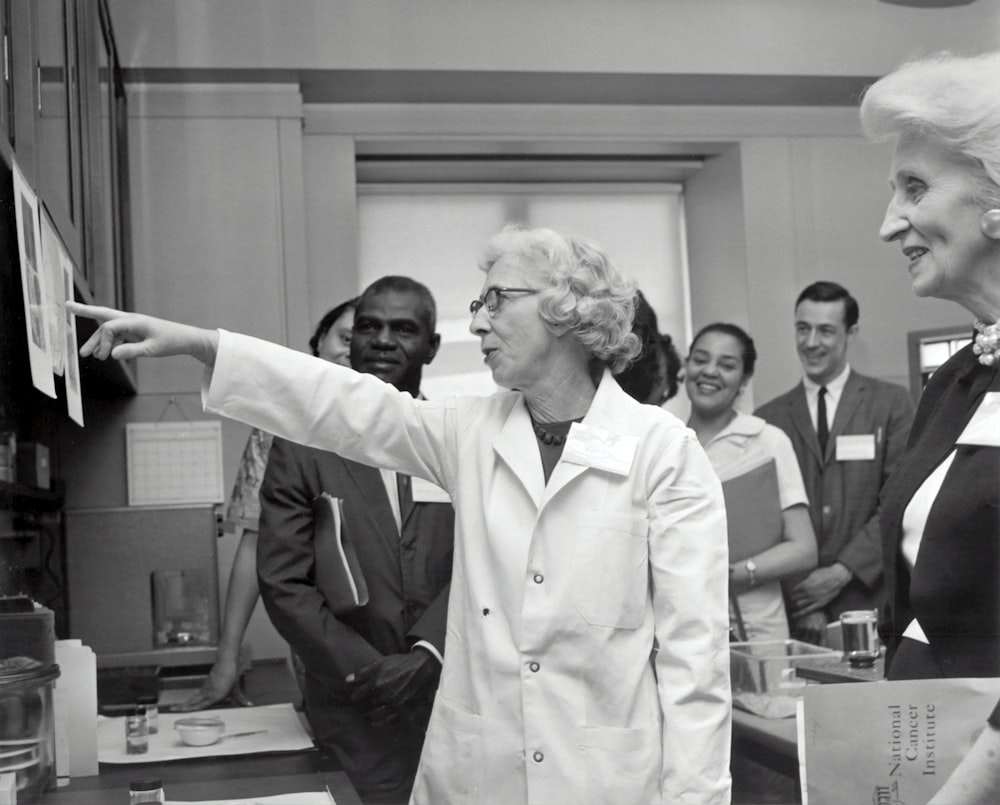目次
変形性股関節症例における脚長差の知覚と構造的な脚長差との関連性
近年,THA後の脚長差に関する報告が増えております.
一方で変形性股関節症の脚長差に対する報告は少ない状況です.
この機能的な脚長差の原因もさまざまですが,構造的な脚長差との関連ってどうなのでしょうか?
今回はTHA後の脚長差の知覚と構造的な脚長差との関連性を考えるうえで参考になる論文をご紹介させていただきます.

今回ご紹介する論文
Orthop Traumatol Surg Res. 2023 Feb 5;103570. doi: 10.1016/j.otsr.2023.103570. Online ahead of print.
Relationship between perceived and structural leg length discrepancies of patients with hip osteoarthritis dysplasia
Tsuguaki Hosoyama 1, Nobuhiro Kaku 2, Hiroaki Tagomori 1, Yutaro Shibuta 1, Hiroshi Tsumura 1
Affiliations expand
PMID: 36750154 DOI: 10.1016/j.otsr.2023.103570
今回ご紹介する論文は2023年に掲載された論文です.
研究の背景・目的
Background: Only few studies have been conducted on leg length discrepancy (LLD) in patients with hip osteoarthritis (OA). This study aimed to examine the relationship between perceived LLD (pLLD) and structural LLD (sLLD) in patients with advanced OA and to determine the factors influencing both LLDs. This retrospective study aimed to answer the following questions: (1) are older adults less likely to perceive LLD than younger adults? (2) is there a relationship between pLLD and sLLD? and (3) is pLLD associated with patient satisfaction?.
変形性股関節症患者における脚長差(LLD)についての研究はほとんど行われておりません.
この研究はでは進行した変形性股関節症例における脚長差の知覚と構造的な脚長差の関係を調査し,両脚長差に影響を与える要因を明らかにすることを目的としております.
この後方視的研究では
(1)高齢者は若年者よりも脚長差を知覚しにくいか?
(2)脚長差の知覚と構造的な脚長差には関連があるのか?
(3)脚長差の知覚は患者満足度と関係があるのか?
を明らかにすることを目的としております.
研究の仮説
Hypothesis: We hypothesized that older adults are less likely to perceive LLD than younger adults.
この研究では高齢者は若年者よりも脚長差を知覚しにくいという仮説を立案しております.
研究の方法
Patients and methods: We recruited 125 patients (102 women and 23 men) with hip OA associated with developmental dysplasia of the hip defined as grade 3 or higher according to the Tönnis classification and excluding contralateral grade 2 or higher. The mean age of the patients was 65.2 ± 11.2 (36-85) years. Before surgery, 2-mm and 5-mm thick plates were placed on the floor on the plantar surface of the short leg to measure pLLD. Preoperative computed tomography (CT) was performed, and sLLDs were measured using the 3D planning software ZedHip. The following associated factors were evaluated: age, height, weight, body mass index (BMI), adduction and abduction range of motion (ROM) of the affected hip joint, Crowe classification, standing pelvic inclination in the coronal plane, Cobb angle, and Japanese Orthopaedic Association Hip Disease Evaluation Questionnaire (JHEQ).
Tönnis分類でグレード3以上と定義され,対側のグレード2以上を除く股関節の発達異形成を伴う変形性股関節症例125例(女性102例,男性23例)をリクルートしております.
対象者の平均年齢は65.2±11.2歳(36~85歳)でありました.
手術前に脚長差の知覚を測定するために,短下肢の足底に2mmと5mmの厚さのプレートを床に置いております.
術前にコンピュータ断層撮影(CT)を行い,3DプランニングソフトウェアZedHipを用いて構造的な脚長差を測定しております.
関連因子として年齢,身長,体重,BMI,患側股関節の内転・外転可動域,Crowe分類,冠状面における骨盤の立位傾斜,Cobb角,日本整形外科学会股関節疾患評価質問票(JHEQ)を評価対象としております.
研究の結果
Results: The absolute difference between pLLD and sLLD was modestly positively correlated with age (R=0.206; p<0.05) indicating older patients were less prone to perceive LLD. A strong positive correlation was found between pLLD (4.8 ± 7.3 mm; range: -37 to 28 mm) and sLLD (6.4 ± 7.0 mm; range: -29.9 to 23.7 mm) (R=0.714, p<0.05). The greater the pLLD, the smaller the hip abduction ROM (24.8 ± 11.6°; range: 0 to 45°) tended to be, while the greater the sLLD, the smaller the hip abduction and adduction ROM (10.3 ± 5.7°; range: 0 to 25°) tended to be (R= -0.259 and R= -0.297, respectively; p<0.05) The clinical significance of this finding is that pLLD may be improved if hip ROM training is performed before surgery. pLLD was significantly smaller in the group without pelvic inclination (8.0 ± 14.1 mm; range: -37 to 22 mm) than in the group with pelvic inclination to the affected side (6.9 ± 7.5 mm; range: -12 to 28 mm) and in the group with no inclination to the affected side (7.3 ± 7.6 mm; range: -8 to 25 mm) (p<0.05) The clinical significance of this finding is that improving pelvic inclination with hip ROM training or muscle stretching may also reduce pLLD. No significant differences were noted between pLLD and JHEQ total scores or subgroups.
脚長差の知覚と構造的脚長差の絶対値は年齢と緩やかな正の相関があり(R=0.206;p<0.05),高齢者ほど脚長差を知覚しにくいことが示されました.
脚長差の知覚(4.8 ± 7.3 mm、範囲:-37 ~ 28 mm)と構造的な脚長差(6.4 ± 7.0 mm、範囲:-29.9 ~ 23.7 mm)には強い正の相関が認められました(R=0.714、p<0.05).
脚長差の知覚が大きいほど股関節外転ROM(24.8±11.6°;範囲:0~45°)が小さくなる傾向があり,構造的な脚長差が大きいほど股関節外転・内転ROM(10.3±5.7°;範囲:0~25°)が小さい傾向がありました(それぞれR=-0.259, R=-0.297, p<0.05).
臨床的には脚長差の知覚は術前に股関節ROMエクササイズを行うことにより向上する場合があると考えられます.
脚長差の知覚は骨盤傾斜がない群(8.0±14.1mm;範囲:-37~22mm)では,骨盤が患側に傾いている群(6.9±7.5mm;範囲:-12~28mm)および患側に傾きがない群(7. 3 ± 7.6 mm、範囲:-8 ~ 25 mm)に比較して有意にちいさいけっかでした(p<0.05).
臨床的には股関節ROMトレーニングや筋肉ストレッチによって骨盤の傾きを改善することで,脚長差の知覚も減少する可能性があると考えられます.
脚長差の知覚とJHEQの合計得点およびサブグループとの間に有意差は認められませんでした.
研究の考察
Discussion: Older patients had less pLLD. Preoperative pLLD was strongly correlated with sLLD but not with patient satisfaction. These results may be useful for conservative treatment of OA, preoperative planning, and intraoperative leg length correction.
高齢者では脚長差の知覚が少ない結果でありました.
術前の脚長差の知覚は構造的な脚長差と強い相関がありましたが,患者満足度とは相関はありませんでした.
これらの結果は,OAの保存的治療,術前計画,術中の脚長補正に有用と思われます.
今回はTHA後の脚長差の知覚と構造的な脚長差との関連性を考えるうえで参考になる論文をご紹介させていただきました.
高齢者では脚長差を知覚する例が少ないということですね.
また脚長差の知覚は構造的な脚長差のみならず内外転可動域や骨盤傾斜によるものも大きそうですね.






